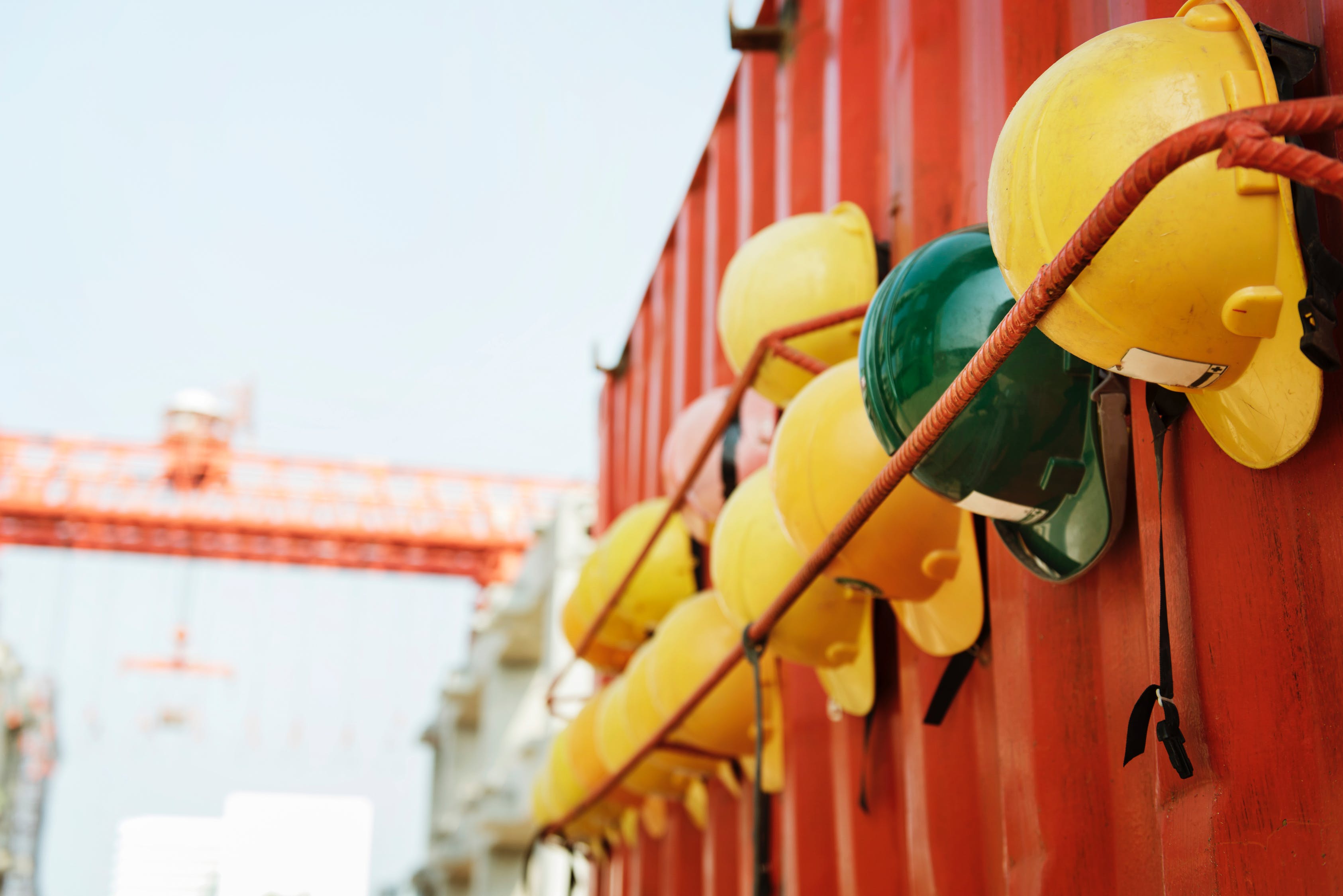
“A woman can do any job in our industry just as well as man.” The man behind this statement is Patrick Liébus, president of Capeb (the French association for artisanal and small-scale businesses in the construction industry), who in 2015 urged us to deconstruct (unfounded) stereotypes that physical force is a prerequisite for working in the construction industry. This type of cliché contributes greatly to the fact that women are largely under-represented in the sector, and its effect is visible even today: on average, 12% of the workforce are women (compared to 9% in 2000). The majority of female workforce are in administrative roles, the smallest share (1.5%) is for laboring roles, and the percentage is pretty poor for management roles (19%).
Recruitment difficulties and changing mindsets
Discrimination in the recruitment process, sexual harassment on the job and difficulties in being accepted in masculine-heavy sectors…. The obstacles are numerous, and the cultural representations conveyed have repercussions on when it comes to choosing one’s career path. At ESJDB (École Supérieure des Jeunes Dirigeants du Bâtiment), 25% of the students are female, and (a lot) less women are studying for a BTS or CAP vocational qualification, especially for worksite management and technical roles. However, the FFB (The French building industry federation) recently wrote that “the industry is attracting more women in all jobs and functions,” perhaps echoing the sector’s sudden reaction in taking the situation seriously. Indeed, diversity is the objective per se, but it also boosts financial performance.
There is an increase in governmental and inter-professional initiatives paving the way for women in the industry, but also from businesses themselves. Professional networks developing female talent are emerging, such as Women Building Futures in Canada, and Built By Her or Chicks With Bricks in the UK. Thanks to initiatives aiming to overcome recruitment difficulties, women can finally prove themselves as the new talent pool. With this in mind, in the United States, young women are being encouraged to launch a career in the construction industry. There is an increase in measures “to create a working environment that is safe and a culture that is welcoming to women,” including efforts on improving conditions related to personal protection equipment, sanitation and workplace intimidation.
Businesses are also stepping up their game by helping to attract women to the industry. In 2018 as part of the OPEN program, VINCI Construction lead a mixed interdisciplinary team whose aim was to design solutions to help attract women to the company. Following on from this, VINCI Construction has set ambitious goals for the years to come as part of their plan to boost diversity. In 2019, they will set up a huge coaching program for female managers, to help them reach senior management roles.
Digitalization and green construction: two ways to attract women?
This willingness for change is also the sign of a progressive change in mindsets in our society, where the question of gender equality is becoming a “topic”, one industry after another. But apart from this clear change in attitudes, which objective elements will enable us to truly believe that women will be attracted to the sector today and in the future?
As automation makes strides in the construction industry, the common preconception that psychical strength in an essential prerequisite for working in the sector has been rendered meaningless. The digital revolution is helping to create a new landscape for the construction industry, reducing the strenuous nature of tasks and creating new applications. There is an increase in solutions aiming to reduce musculoskeletal conditions and limit physical stress. For example, a group of young French engineers designed an exoskeleton which reduces the stress of repeating the same task. What’s more, as robots and automation are becoming more widespread, they show the potential for developing numerous job adapted to women, beyond commercial, management, administration and security roles.
In the future, constructing infrastructure and buildings would entail worksites that are more open to women than ever before. Based on research from the University of Berkeley, some suggest that “women’s inclusion in the labor force… with more women on their boards and in executive-level positions are more likely to proactively improve energy efficiency, invest in renewable power, and measure and reduce carbon emissions.” Green skills are still hugely under-represented in the sector’s whole value chain. However, could they be the pulling power needed for bringing women into the construction industry from now until 2050?
Having more women in the workforce remains fundamentally linked to a change in cultural representations. And that’s why it’s incredibly important to hear the experiences of those women working in the construction industry and to promote role models.
As part of the Leonard:Paris event “Mission Possible: Women in Construction!” which took place on 8 March this year, we heard from many women detailing their experiences. To watch more videos head to (in French):
